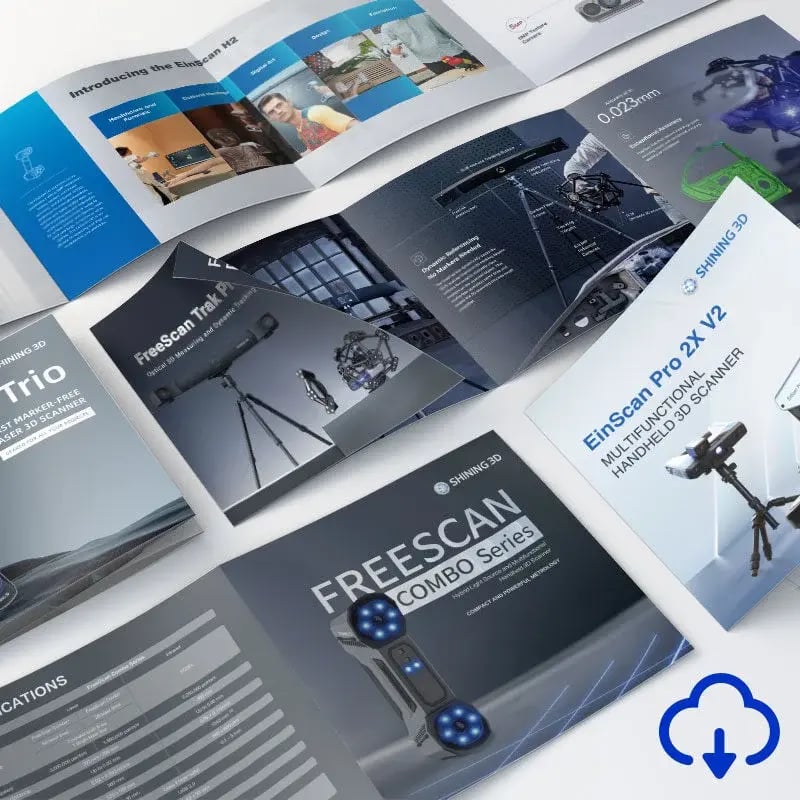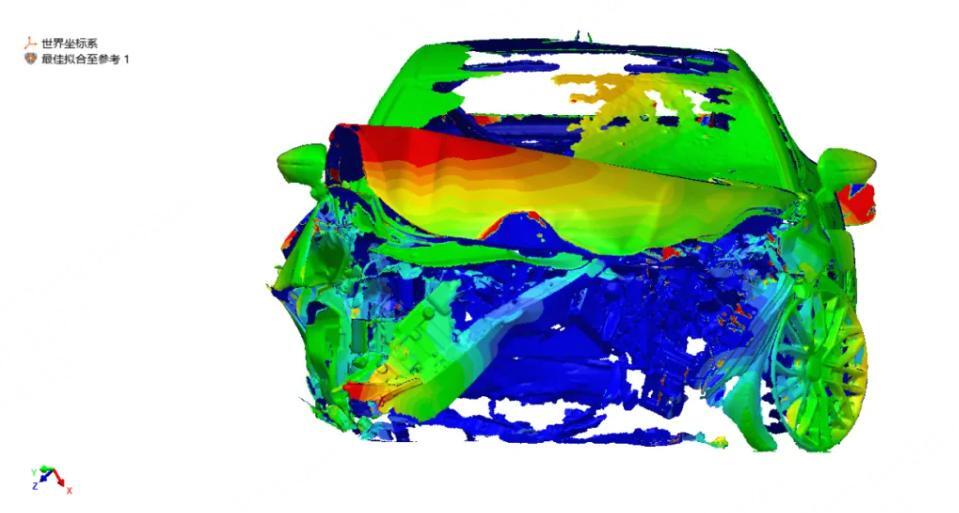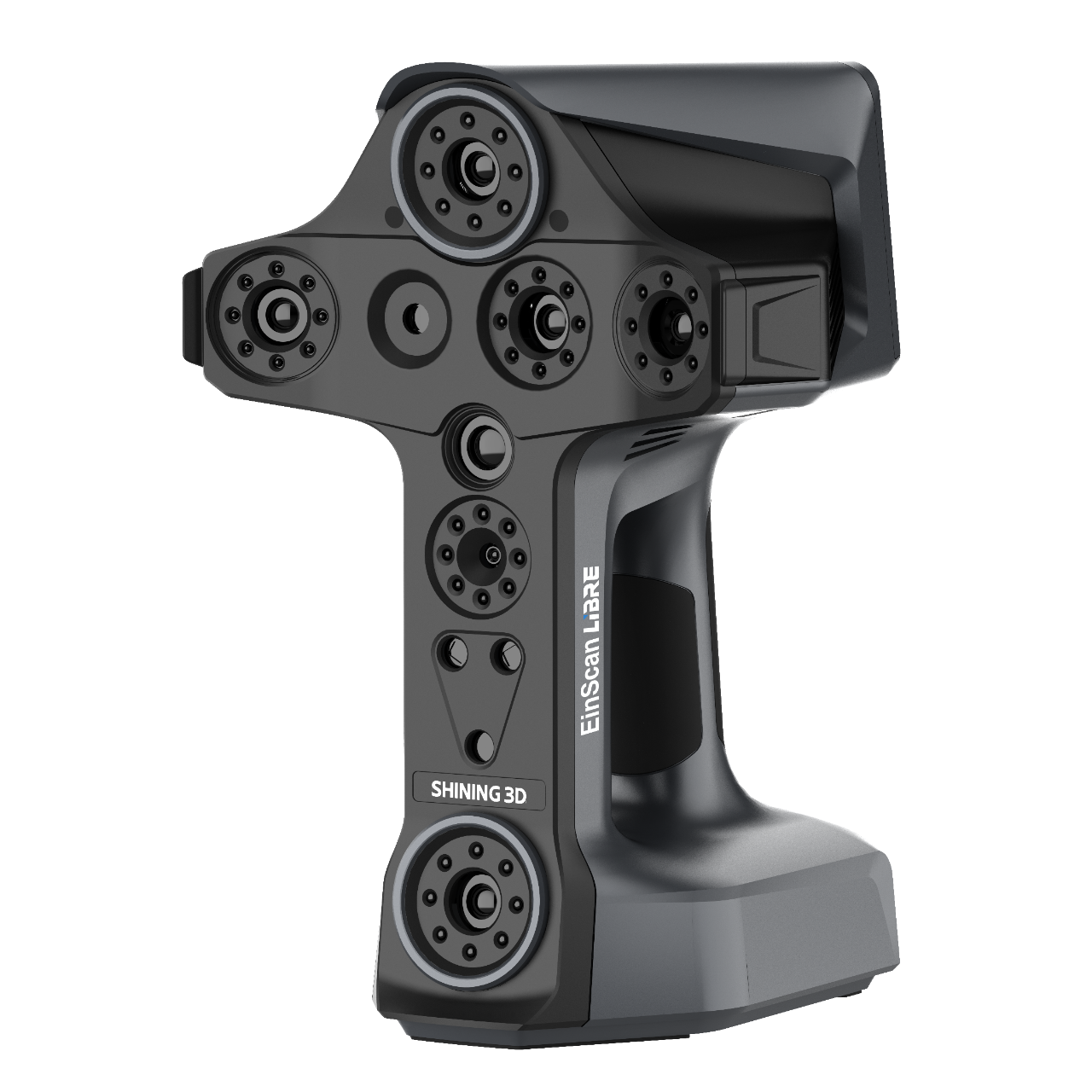When traffic accidents happen, every second counts. Investigators must secure the scene, collect evidence, and clear the road as quickly as possible to avoid secondary accidents. Traditional methods are not only time-consuming but also incomplete, leaving gaps that can compromise later analysis.
This is where EinScan Libre, an all-in-one laser 3D scanner provides a step change in capability.






